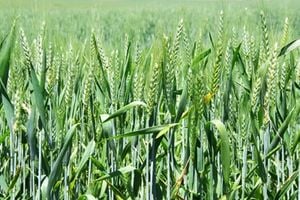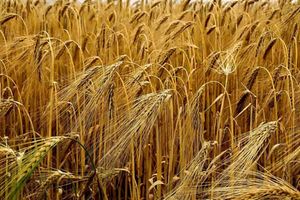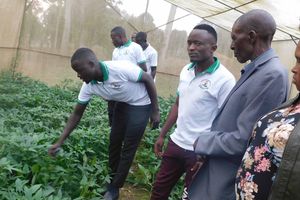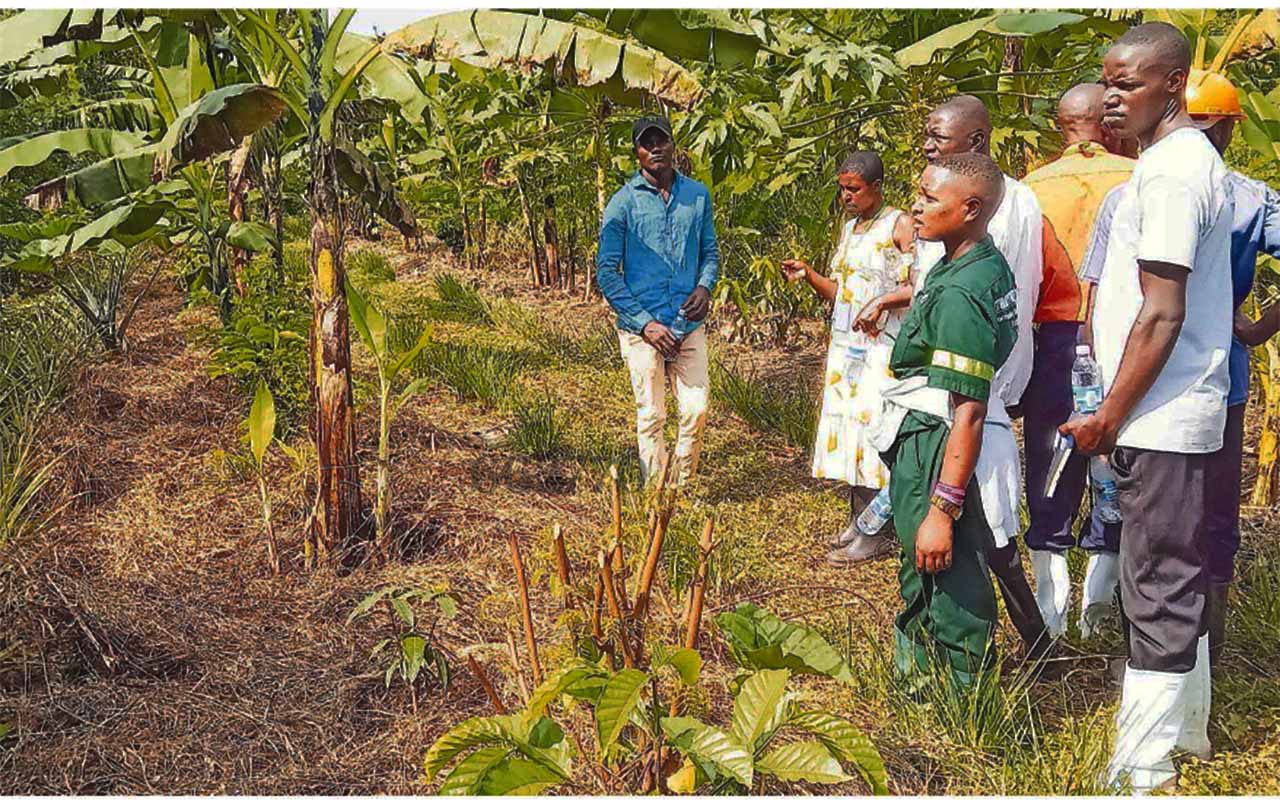
Mr Michael J. Ssali
Selection of the area where you want to grow crops should be based on a number of factors. It is no use setting up a farming business on naturally poor soil unless you are prepared to keep buying manure and fertilisers which will later reduce your profits.
You might need the opinion of the area agricultural services extension officer about the place in which you want to set up your farm. If for example you want to do crop production on a steep slope you should be ready to dig trenches across the farm in order to trap running water when it rains and to mitigate soil erosion. It may also call for planting some grass along the trenches.
Be sure the land is not too close to swamps and wetlands. Usually when the rain is too much the rivers burst their banks and the swollen water destroys the gardens near them.
Some swamps get filled up with water which submerges crop fields causing untold damage and loss. Large snakes and other dangerous wild animals that naturally live in swamps tend to visit crop farms that are located too close to them.
In the beginning you may do what is referred to as primary cultivation which is done to clear the bush, and to remove unnecessary trees and their stumps.
Some trees are not good for production of some crops. Agriculturalists advise coffee farmers not to plant some types of trees in their gardens because they host dangerous coffee pests.
The soil must be ploughed to break the hard surface of the soil and to make soft landing for the seeds or seedlings of the crops that you want to plant.
It may be necessary to do a second cultivation of the same piece of land perhaps a week before the actual planting to make the soil finer and to facilitate water infiltration. Remember most garden preparation is done before the rains begin.
It is advisable to plant the crops as soon as the rains begin when the garden is without any weeds.
By the time the weeds emerge the planted crops will already be strong and capable of suppressing the weeds.
The other advantage is that the crops are bound to mature quickly and to be harvested at the time when demand for the crop in the market is high.
It may be necessary to do a second cultivation of the same piece of land perhaps a week before the actual planting to make the soil finer and to facilitate water infiltration. Remember most garden preparation is done before the rains.








